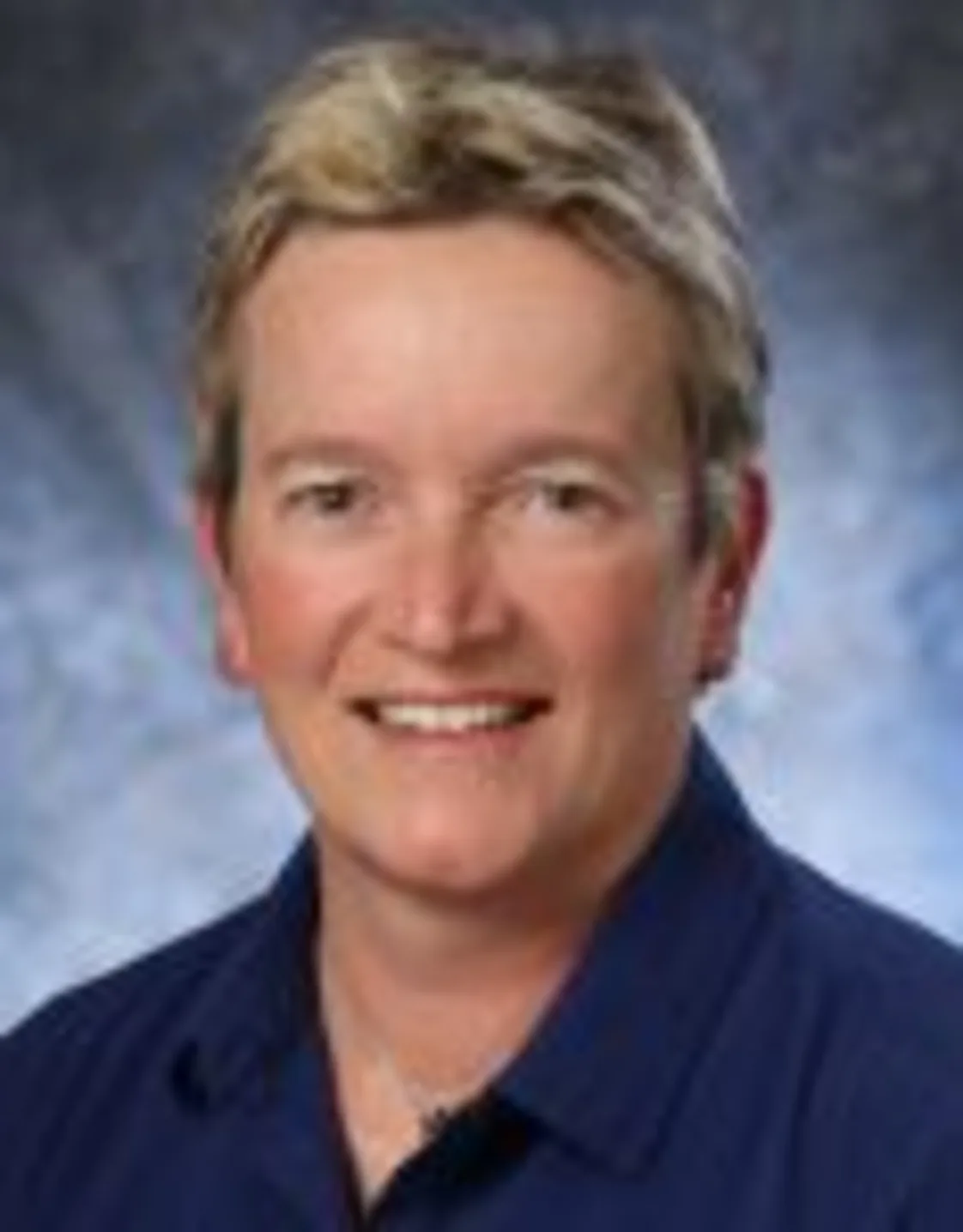SAGE Veterinary Centers
DVM, PH.D., DACVAA
Kris Kruse-Elliot

DVM, PH.D., DACVAA
Kris Kruse-Elliot
Veterinary School: Oregon State University
Anesthesia Residency: North Carolina State University
Board Certification: American College of Veterinary Anesthesia and Analgesia (1989)
Postdoctoral NIH Fellowship: North Carolina State University
Certification: PhD – Pulmonary Physiology (1992)
Dr. Kris Kruse-Elliott is SAGE’s anesthesiologist. Dr. Kruse-Elliott is a board-certified veterinarian specializing in anesthesia (delivery of drugs to keep patients immobilized, pain-free and comfortable during procedures and surgery) and analgesia (management of acute and chronic pain).
An Oregon native, Dr. Kruse-Elliott earned her B.S. in General Science and her Veterinary Medicine degree at Oregon State University. She started her career as a veterinary practitioner, but was always interested in heart and lung physiology and how anesthesia could be used safely in patients with cardiopulmonary disease. She pursued her passion, completed a residency and became board certified in anesthesia, and followed with a postdoctoral fellowship and Ph.D. in Pulmonary Physiology from North Carolina State University.
Before moving to the Bay Area, Dr. Kruse-Elliott was on faculty at the University of Wisconsin where she taught anesthesia and ran the anesthesia service, providing clinical anesthesia to a wide variety of species. She has run her own active federally funded research program and served on research teams that have received federal and private support to study animal disease and treatments, including management of post-surgical pain in cats and dogs.
Her published work is vast and includes co-authorship of a 2015 manuscript in Science about how algae toxins can impair sea lion memory and hippocampal connectivity and lead to the animals being stranded. Dr. Kruse-Elliott has also been involved with The Marine Mammal Center of California and their work to study the effects of algae toxicity—the project has been documented by National Geographic.
